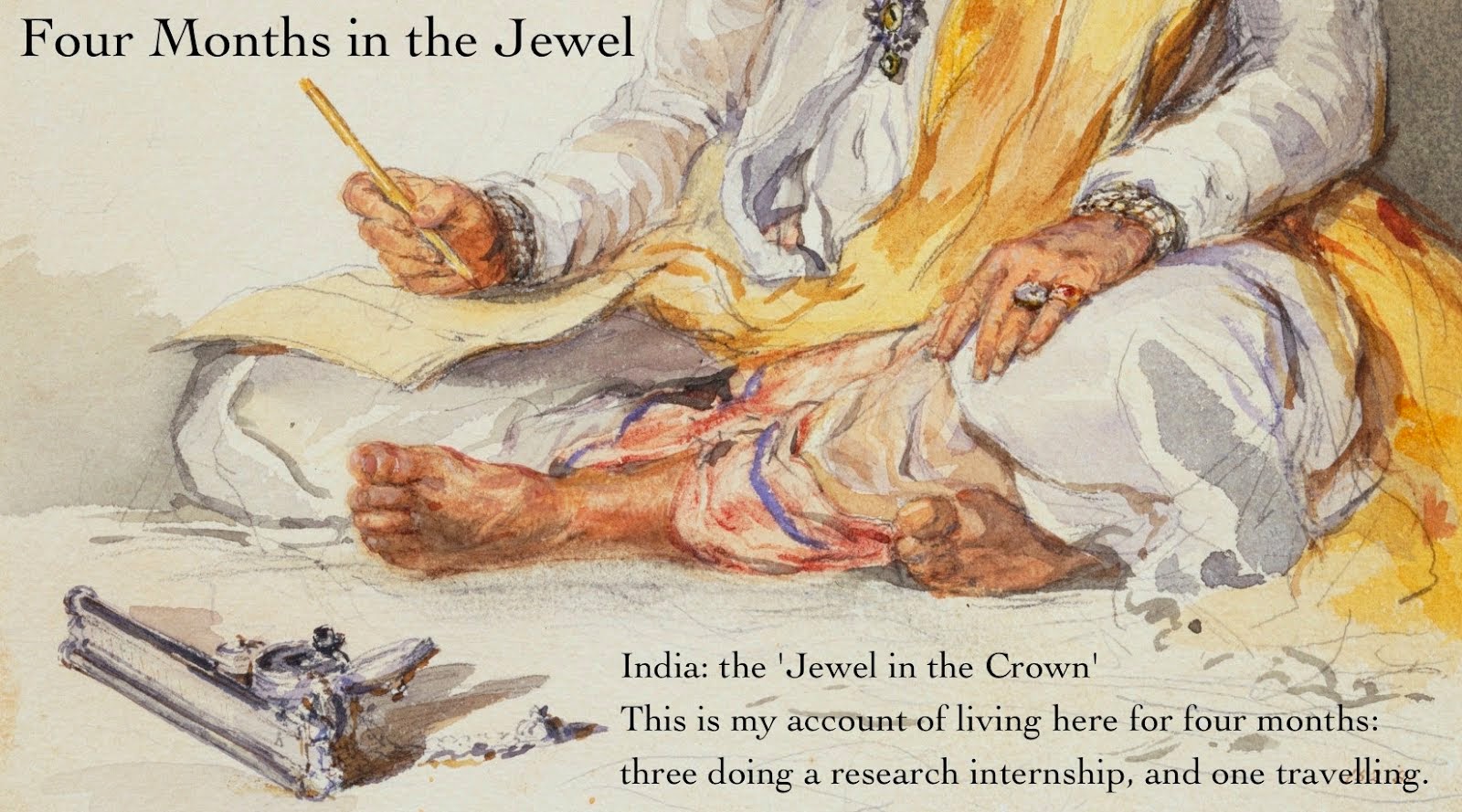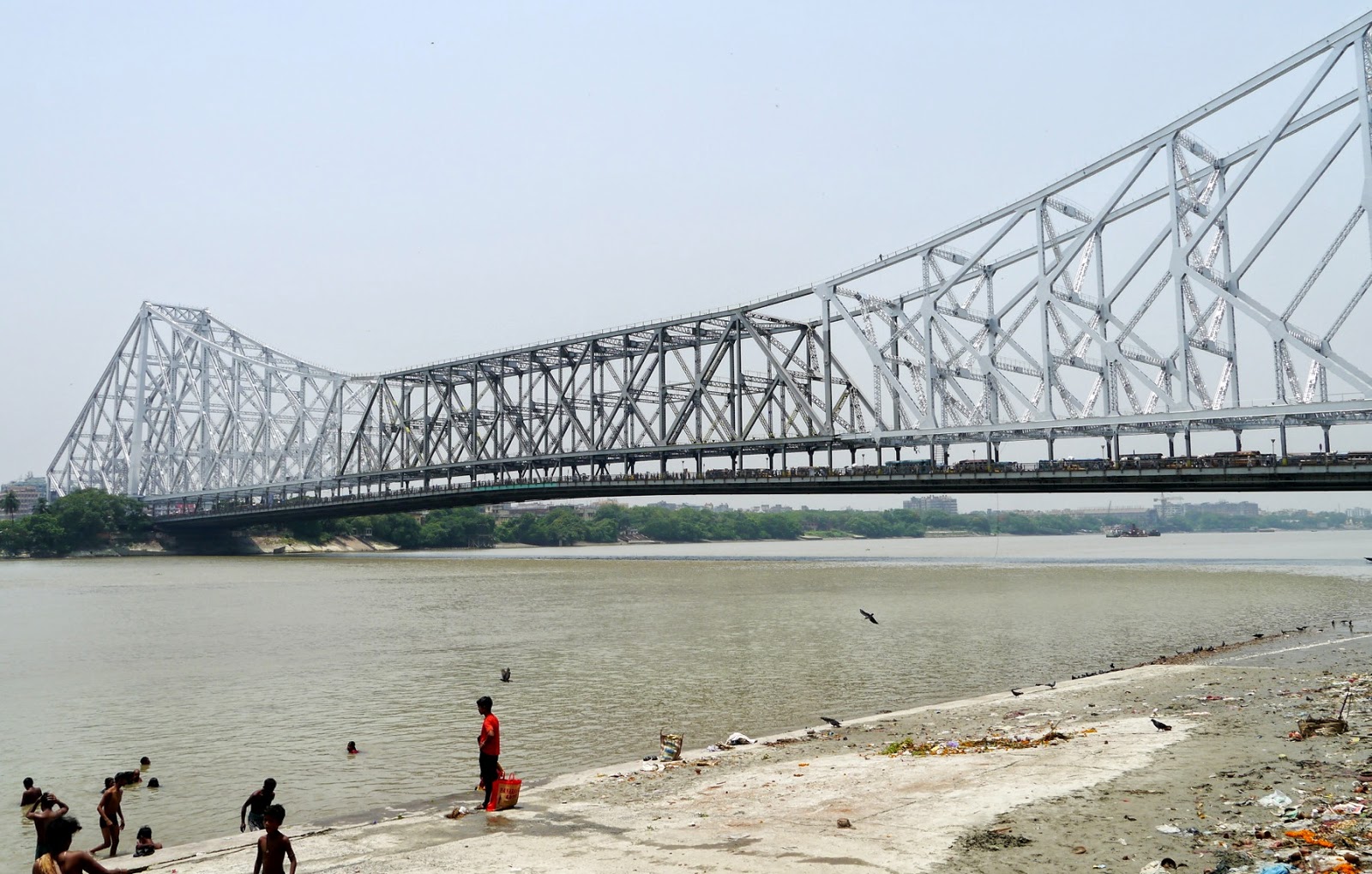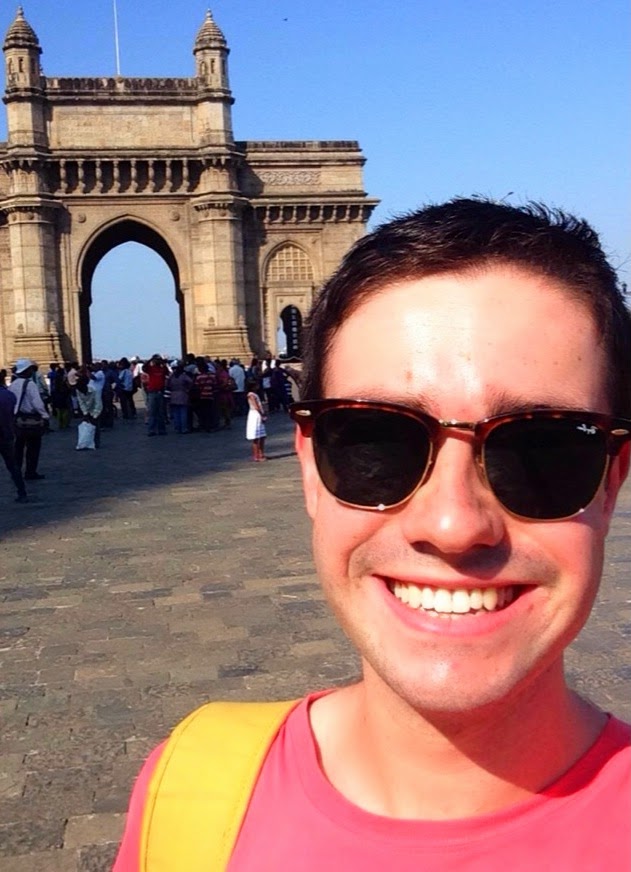Wednesday 28th May 2014
Agra did not begin well. Some advice: if you can avoid
flying with Air India, do so. You’ve heard of ‘shabby chic’, well Air India’s
planes take this to an extreme, although I don’t think there’s any intention of
‘chic’ in their ‘shabby’. The landing at Agra was also mildly terrifying, with
the plane hitting the runway with a huge thump, and swerving violently. And now
for the best bit: only 15 people boarded the flight at Varansi, and only around
8 disembarked in Agra. Despite this, the airline managed to lose my luggage.
After accusing me of checking-in late, and searching the hold a few times, they
conceded that they had lost my bag. If you know me, you’ll know of my love for
complaining. Boy did I make a fuss. The manager looked genuinely terrified,
particularly when he explained that there were no more flights into Agra until
Monday (this is on Saturday, I was leaving on Monday). I was eventually
dismissed with pathetic apologies and Rs. 1500 (£15). Turns out, I made enough
of a fuss that when Air India located my bag (somehow it had made its way to
Mumbai), it was sent immediately to Delhi, and then by overnight courier to
Agra. Ok, rant over.
Agra was
India’s capital under the Mughals, and is, along with Jaipur and Delhi, an apex
of India’s ‘Golden Triangle’, the most popular tourist itinerary. Personally, I
would not recommend Agra for more than a day and night (if necessary). Its
sights may be splendid, but the city itself, and especially the Taj Ganj area,
is quite awful. There are endless touts, a lack of decent infrastructure, and
disappointing cuisine.
After
the luggage drama was resolved, Lena and I made our way to Agra Fort, which is
surrounded by imposing red sandstone ramparts, dominating a bend in the Yamuna
River. It was built between 1565 and 1573 by Akbar the Great, and remained the
stronghold of the Mughal Empire for generations to follow. Entering through the
Amar Singh Pol, the fort’s magnificent structure is evident and beautiful from
the very start. There are clever defensive measures throughout, including
slopes, walls and gates placed at right-angles to each other in order to
disorientate and deprive attackers of space.
 |
| One of Agra Fort's imposing gates. |
There
are various beautiful courtyards and gardens, including those which surround
the Diwan-i-Am (Hall of Public Audience), which is a very pretty structure
consisting of arches and pillars, open on three sides. The vast amounts of
marble decoration and inlay work throughout the fort and its various mosques
and pavilions is stunning. Looking from the citadel over the river, city and to
the Taj, its easy to see why this strategic spot was chosen for the fort.
 |
| Royal pavilions and gardens, Agra Fort. |
It was,
of course, filled with throngs of Indian tourists, slowly shuffling around,
stopping in places for no reason, and asking us to have pictures with them. I’m
more than happy to do this, although it never fails to strike me as a little
odd. While it was acceptable for Europeans to have their photographs with
‘exotic’ people a hundred years ago, I doubt if I were to ask a random tourist
on the streets of Amsterdam or London to have a picture with me, it might not
go down too well. Also, it totally baffles me that although Indians seem to be
among the most impatient people I have ever encountered, they move so
incredibly slowly!
 |
| View over the river and Taj, Agra Fort. |
From the
fort, we got back into our electric rickshaw (so much more smooth, quiet and
eco-friendly than a conventional auto), and stopped at Mehtab Bagh (gardens)
for a view of the Taj from across the river. Being a park in India, obviously
it was full of young couples having intimate moments in the bushes. It’s hard
to know where to look.
On
Monday morning we visited the Taj Mahal. Yes, it’s a bit cliché, but it really
is outstanding. From the moment one enters the complex, it’s hard not to be
moved by the wonderful symmetry and sheer beauty, remaining undiminished by the
enormous crowds of visitors and oppressive heat. From the way the white marble
glistens in the sunlight to the romantic story of its construction, the Taj
Mahal is truly a wonder.
 |
| Gateway, Taj Mahal. |
Shah
Jahan built the Taj to enshrine his favourite wife, who died shortly after
giving birth to her fourteenth(!) child in 1631. The emperor was so devastated
by her death that he wanted to build an unsurpassed monument to her memory.
‘Taj Mahal’ is a shortened, informal version of his wife, Mumtaz Mahal’s palace
title. Construction took over twenty years, with a workforce of over 20,000
from across Asia, and materials including the marble and semi-precious stones
for decorations from across India, Asia, and the Indian Ocean.
Approaching
through the gardens (more picture with random Indian families), the mausoleum
and its surrounding minarets are breathtaking. Every detail is so careful and
beautiful, and the symmetry is just perfect, even down to the jawab, a replica
mosque (it faces away from Mecca) built just to preserve the architectural
aesthetics of the complex.
 |
| Postcard-view of the Taj Mahal. |
Unfortunately, it’s a little difficult to appreciate the interior of the
mausoleum, due to the temperature, humidity, pushy guards, and pungent sweaty
smell. However, its grandeur is very much evident, especially the extremely
fine inlay work on the tombs. Outside, the decoration of the arches cut into
its sides, and extraordinarily fine relief carvings, floral patterns, and
Arabic verses all combine to accentuate the powerful magnificence of this
edifice, and the love that inspired its building. Lena and I took copious
amounts of selfies, most of which were disastrously awful. Here’s probably our
best attempt:
 |
| Taj Mahal-selfie. |
We left
Agra on Monday evening, bound for Delhi, where I spent my birthday on Tuesday,
including a delicious lunch (and a gin and tonic), and tea and cake with Lena
at the delightful Hauz Khas village. On my birthday last year, I sat one of my
final exams in Oxford, entitled ‘Contemporary India’. It’s funny how things
work out. I missed being with more friends and family yesterday, but I had a
brilliant day nonetheless. Many thanks for all of the lovely Facebook
posts/messages, WhatsApp messages, Snapchats, Tweets, e-mails etc. etc. – it’s
wonderful to be remembered, even though I am so far away!
As a
birthday treat to myself, I booked a little overnight trip to Amritsar,
including a night in a fancy hotel. I flew up from Delhi last night, and visited
the fabled Golden Temple earlier today. Anil Joshi, a BJP cabinet minister, was
on my flight. The plane was tiny. Amritsar is the Sikhs’ holy city, close to
the Pakistan border, and the largest city in Punjab. It was founded in 1577 by
Ram Das, the fourth Sikh guru. In the twentieth century, it was rocked by a
series of horrible massacres, including the killing of thousands of unarmed
civilian demonstrators by British troops in 1919, high levels of communal
violence during partition, and Operation Blue Star in 1984, which involved a
parliamentary attack on the Golden Temple, four months later resulting in Prime
Minister Indira Gandhi’s assassination by her Sikh bodyguards.
Spiritual centre of the Sikh faith, the Golden Temple consists of the
gleaming, gilded Harmandir at the centre of a rectangular lake, surrounded by
white marble shrines, bathing ghats, and the Guru-ka-Lagar, the titanic
communal canteen. It provided free food to all, as sharing food with strangers
reinforces one of the tenets of Sikhism, the principle of equality, insitaged
by the third guru in the sixteenth century to break down caste barriers.
 |
| Golden Temple, Amritsar. |
I did
indeed feel most welcome at the temple, much more than I have at almost all
other religious sites I’ve been to in India. Despite wearing a bright orange
scarf on my head, and being about the only foreigner there, barely anyone even
seemed to notice me. Every Sikh tries to come on at least one pilgrimage to the
Golden Temple during their lifetime, in order to hear the musical readings of
the Adi Granth (I couldn’t understand them, but they were nice to listen to),
and bathe in the purifying waters of the Amrit Sarovar (‘Pool of
Immortality-Giving Nectar). It had some really pretty fish as well. Amritsar is
a friendly place, and the Punjabi food is excellent.
 |
| Golden Temple-selfie. |
I’m
heading back to Delhi this evening and spending another 5-6 days there. It’s
vastness and hustle-and-bustle will probably take a bit of getting used to, but
that’s all part of the fun. Let the adventure continue!























